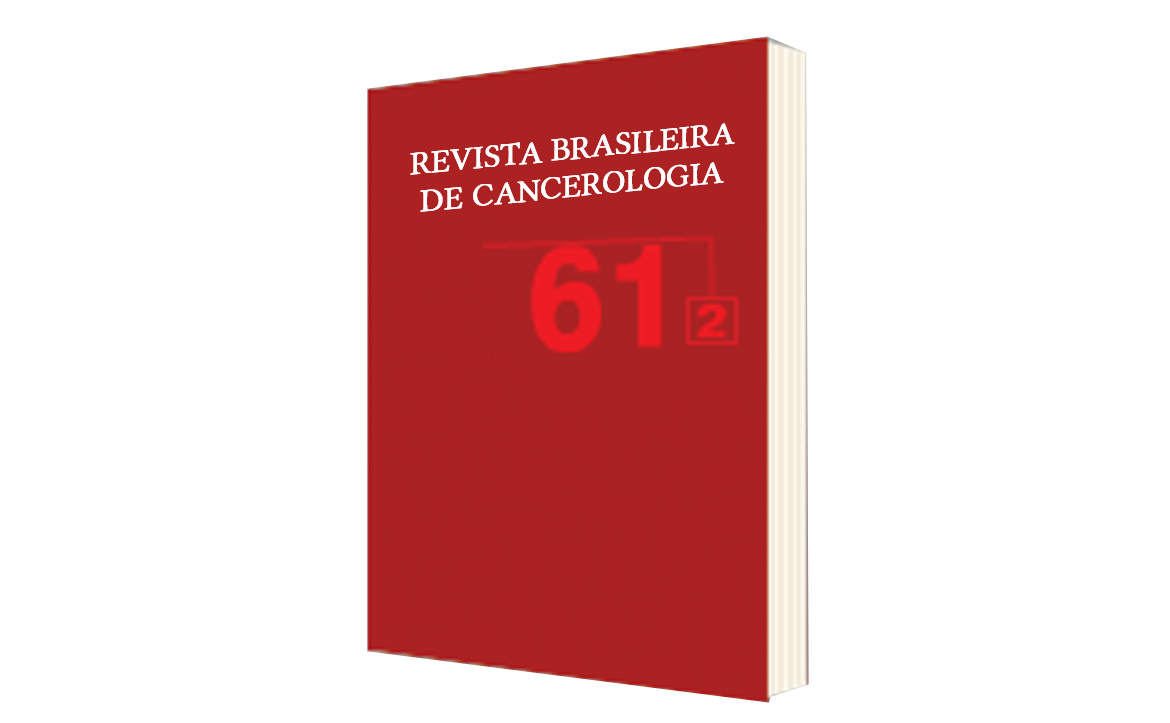The Management of Emesis in an Oncology Unit: the Need for Pharmaceutical Intervention in Real Time
DOI:
https://doi.org/10.32635/2176-9745.RBC.2015v61n2.282Keywords:
Drug Therapy, Nausea /prevention & control, Vomiting/prevention & control, Antiemetics/therapeutic useAbstract
Introduction: Nausea and vomiting are among the most common effects of this treatment, affecting approximately 70-80% of patients. The antiemetic therapy for chemotherapy aims to prevent these effects. Objective: To verify the conformity of the antiemetic therapy prescribed in an oncology service according to international recommendations. Method: A retrospective descriptive study of the data collection of chemotherapy prescriptions of the oncology service of a university hospital in Belem. The chemotherapy prescriptions from ambulatory patients seen over the period of one year were analyzed. The classification of the Emetogenic level of the chemotherapeutic was in accordance to the recommendations of the Multinational Association of Supportive Care in Cancer, American Society of Clinical Oncology and National Comprehensive Cancer Network, and the classification of the Emetogenic level of chemotherapeutic associations was based on the algorithm proposed by Hesketh and collaborators. Results: Of the 143 prescriptions analyzed, 27.3% presented a low Emetogenic level, 0.7% moderate and 72% high. The study showed variability between the antiemetic prescriptions analyzed and the main guidelines. Regarding the nonconformities identified in the antiemetic prescriptions, 53,8% were identified for low Emetogenic level protocols, involving association or dose; 100% for moderate level, 27,2% for high, both concerning nonconformities of dose. Conclusion: Proper prevention of nausea and vomiting is essential to preserve the cancer patients’ quality of life. Thus, an intra-hospital protocol is required for anti-emetic prescription according to the international guidelines. This research also draws attention to the need for pharmaceutical intervention in real-time in order to contribute to the rational use of medicines.









